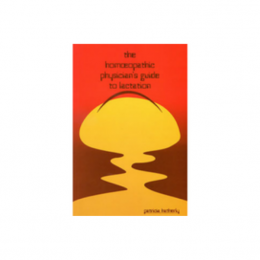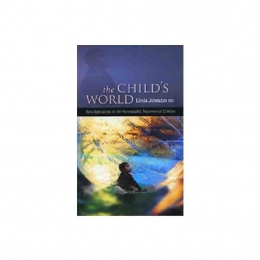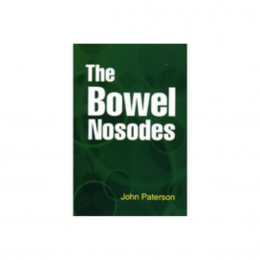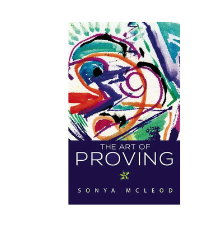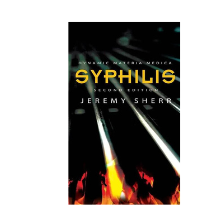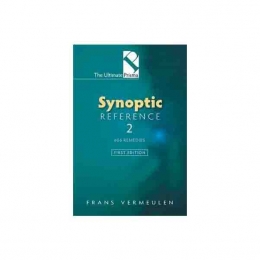CA$59.00
Homœoprophylaxis has been part of mainstream homeopathy since 1798, but its use remains controversial. Its history and evidentiary base is frequently misunderstood. This book aims to provide homeopaths, as well as practitioners of any modality and students with a complete grounding in the topic. It contains comprehensive instructions how to implement both short-term and long-term HP programs, a thorough presentation of the evidentiary base of HP as well as an in-depth discussion of its philosophical underpinnings. This is the most comprehensive resource currently available on the challenging topic of homeopathic immunisation.
Isaac explains the theoretical and conceptual framework of the homœoprophylactic approach. He provides the historical context. He discusses the observable data. The conclusion is clear – based upon this body of work, more research into the long-term effects of conventional vaccines and the effectiveness of potential homeopathic alternatives is essential. Alastair Gray, Department Head, Homeopathy, E.C.N.H.
Clinicians from all modalities regularly find that vaccines have affected the health of their patients. The ability to offer a non-toxic immunisation option with a strong evidentiary basis should be a welcome addition to any clinician’s resources. Isaac has provided the most thorough description of such an option – homœoprophylaxis – including detailed instructions on how to implement HP programs, answers to practical questions, plus evidence of safety and effectiveness. This manual has value to all practitioners who want to ensure that their patients have genuine choice in what is for many parent’s their most challenging health decision. Dr Simon Floreani, Chiropractor, Allied Health Ambassador, Political and Policy Advisor.
Dr. Golden has created a most practical and useful guide on homœoprophylaxis (HP). He clearly explains how he created these protocols and why they work with the statistical and real world evidence to support his work. The practitioner will feel confident in using homœoprophylaxis for clients that desire it, having understood not only the protocols but also case management, the historical use of HP by the homeopathic masters, and the controversial arguments for and against the practice. This compendium of Dr. Golden’s work is an interesting and enjoyable read which can truly enhance the homeopath's practice. Ananda More, Homeopath and film maker.
Dr Isaac Golden has been in clinical practice since 1984. He soon saw a need to develop and research the effectiveness and safety of a long-term homœoprophylaxis (HP) program. His data collection from 1986 to 2004 led to him being awarded the first PhD in a homeopathic research topic from a mainstream Australian university. The book represents the gathering of nearly 30 years practical experience in both using and researching HP.
224 pages, hardcover

